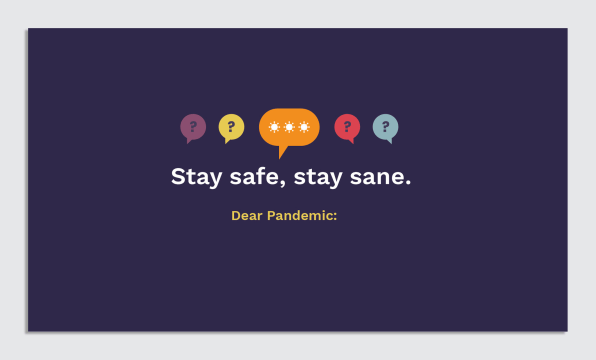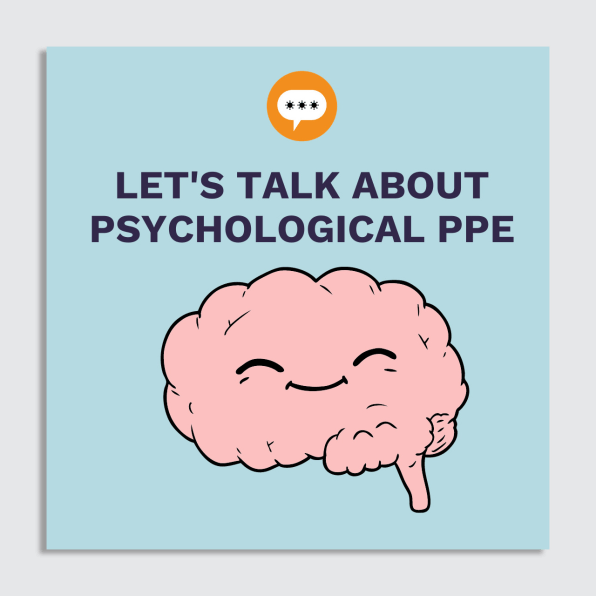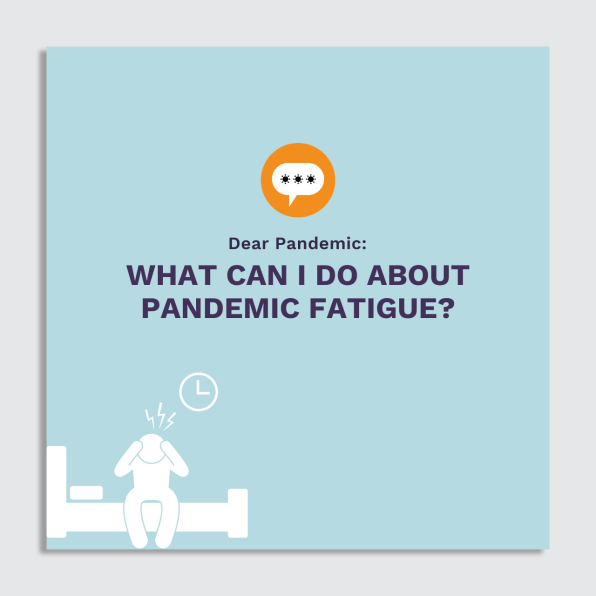Coronavirus cases are rising. This is the kind of communication design we need now
In early March, when it was clear that COVID-19 had come to the United States, Malia Jones, a social epidemiologist with the University of Wisconsin-Madison, emailed a group of friends with some advice they could take to stay healthy and slow the virus. As Jones recalls it, that “fateful” email changed her life.
The message went viral. It recommended simple, now-ubiquitous tips for life during a pandemic: wash your hands; sanitize; social distance (“you’re going to get so sick of this phrase,” she wrote). USA Today published the message as an op-ed. Jones fielded hundreds of emails a day and began recruiting fellow scientists and health professionals to help with the deluge. So began Dear Pandemic, a website that provides concrete COVID-19 information in a friendly, clear, and practical way.

The organization has continued to grow into an established social media presence over the past eight months. If they’re going to answer all these questions, the thought was, why not put it on a public platform? In addition to the website, the group now has tens of thousands of followers who tune in for its straight-forward messaging and clear communication.
It’s a necessary service in the midst of the pandemic, where misinformation and competing messages have proliferated, including from Trump himself, who a study found was the biggest spreader of coronavirus disinformation. Now, coronavirus cases are soaring past their springtime highs nationwide, increasing 81.6% over the past two weeks, according to NPR. It’s easy to feel scared. It’s harder to find practical information on what you can do about it.

That’s where Dear Pandemic comes in. Jones, Dear Pandemic’s co-founder and editor-in-chief, works with a 12-person, all-female team of medical professionals across nursing, mental health, demography, health policy, and epidemiology to educate a public that’s hungry for trusted, practical advice. Most are working on a volunteer basis, hashing out the news of the day, vetting information and writing two to three posts a day. Dear Pandemic also hosts Q&As on Saturdays.
“As a whole, the thing that we strive for is to make it personal and understandable,” Jones says, which means taking jargony science and curating and interpreting it for a general audience. The posts model the “Dear Abby” column, responding to reader questions on topics like how the virus spreads, when things can reopen, and how long immunity might last.

Some of Dear Pandemic’s biggest content drivers right now are advice on how to celebrate upcoming holidays (Jones says typical Thanksgiving traditions aren’t a good idea); concerns about mental health; and pandemic fatigue with a long winter ahead. Their advice reads as if a neighbor was explaining infectious disease best practices to you. That “neighbor” just also happens to have a PhD.

Another problem they’re tackling is “information hygiene,” according to Lindsey Leininger, Dear Pandemic’s CEO and a public health educator and professor at Dartmouth’s Tuck School of Business. She referenced the book Calling Bullshit by Carl T. Bergstrom and says it means teaching people how to be a “good consumer of data, evidence, and information.” “Trust is going to differ,” says Leininger. “Some people want to hear from the moral and medical authority of Dr. Fauci. Some want to hear from their pediatrician. Some want to hear from the nerdy girl next door. And that’s where we step up.” The team builds trust with personal connections and approachable copy—then backs it up with scientific chops.

“One thing that has become really obvious to me is what a problem it is to have political ideology first in a situation where the science is required,” adds Jones. “We should have the science first—masks work whether you think they do or not. Part of [our goal] is rebuilding trust that science can be separated from partisanship.”
(19)



